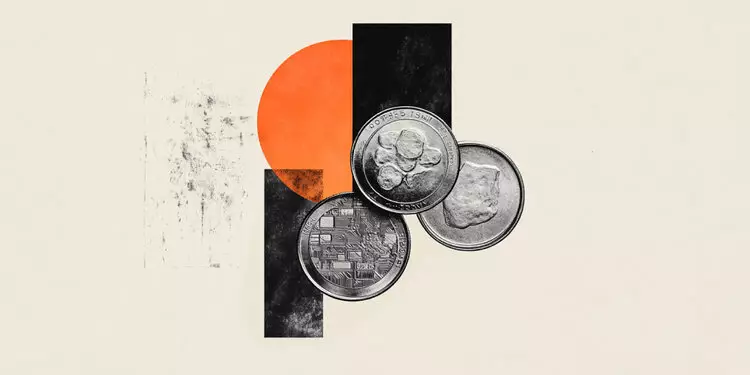Recently, silver has experienced a notable retreat, decreasing by over 1% from its weekly peak of $32.64. This decline can largely be attributed to the rising yields on U.S. Treasury bonds, which have exerted downward pressure on precious metals. Currently valued at approximately $31.82, silver is grappling with various economic factors that complicate its price movement. The release of mixed data regarding U.S. employment has only exacerbated the situation, as it affects investor sentiment and market positioning for the grey metal.
The technical outlook indicates a potential consolidation phase, containing prices between $31.00 and $32.60. Resistance has been clearly established at the $33.00 mark; for silver prices to gain any significant momentum, they must convincingly break through this barrier. The Relative Strength Index (RSI), a critical tool for traders assessing momentum, has shifted towards bearish territory in the short term, suggesting a cautious outlook. However, with the RSI still hovering above its neutral line, there remains a glimmer of hope indicating that bullish investors might be prepared to re-enter the market.
Market Influences and Investor Behavior
Silver, while often overshadowed by gold in the investor community, remains a pivotal asset. Its unique characteristics make it a versatile addition to any investment portfolio. It has historically served as a store of value and a medium for transactions, and while gold is regarded as the primary safe-haven asset during economic turmoil, silver’s role is also significant albeit less pronounced.
Factors that can impact silver prices are numerous and varied. The rise of U.S. Treasury yields typically undercuts the appeal of silver, a yieldless asset, limiting potential appreciation. Meanwhile, fluctuations in the value of the U.S. dollar are also critical; a strong dollar can depress silver’s allure, keeping its prices grounded, whereas a weaker dollar generally creates upward pressure on its price.
Investor demand plays an essential role in shaping silver prices. Various vehicles exist for trading, from physical silver in the form of coins and bars to Exchange Traded Funds (ETFs) that track its value. Understanding the differing demands—for instance, industrial versus investment demand—also provides insight into price movements. Indeed, the role of silver in manufacturing, particularly in electronics and renewable energy industries, is fundamental; heightened industrial demand can strongly elevate prices.
Geopolitical tensions and the health of major global economies, specifically the U.S., China, and India, contribute significantly to silver price fluctuations. In China, which has a massive industrial sector, the demand for silver is integrated into many manufacturing processes. Conversely, in India, the demand is more jewelry-focused, where cultural preferences influence buying patterns. These regional dynamics underline the complexities inherent in the silver market.
Moreover, silver often moves in alignment with gold prices, influenced by their similar reputations as safe-haven assets. This correlation manifests through the Gold/Silver ratio, a helpful metric for investors assessing the relative value of both metals. A high ratio might indicate that silver is undervalued compared to gold, while a low ratio could suggest the opposite.
As we look forward, the short-term price outlook for silver appears precarious. Key support levels established around $31.10 and $31.00 may act as crucial thresholds. Any breach below these levels could steer the asset towards the significant 50-day and 200-day simple moving averages, located at $30.47 and $30.27 respectively. Conversely, should buyers manage to push prices past $33.00, we could witness a rally towards the recent swing high of $34.54, with even the previous year’s peak of $34.86 coming into consideration.
The silver market is being shaped by a multitude of factors, including rising Treasury yields, fluctuations in the U.S. dollar, and local and global economic conditions. Investors must remain vigilant, accommodating their strategies in alignment with these dynamics to navigate the unpredictable yet fascinating silver market successfully. Whether viewed as a hedge against inflation or a component of an investment portfolio, silver continues to capture the interest of investors globally.

